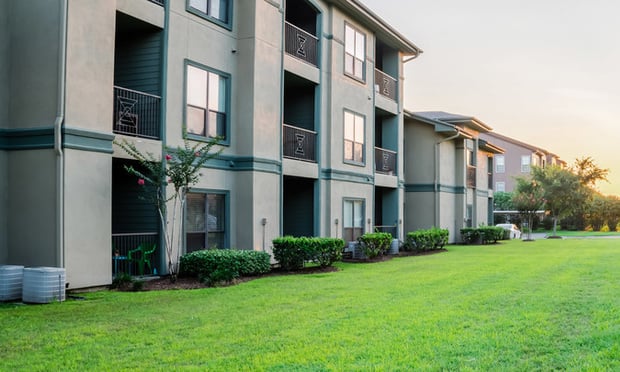DALLAS-During the Great Recession and its aftermath, jobs were hard to come by. This, in part, spurred a wave of enrollment at institutes of higher learning throughout the United States. But as the Bureau of Labor Statistics continues reporting decent news from the job front, college and university enrollment statistics aren't quite as sunny.
This was outlined in the extraordinarily grim article recently published in the New York Times entitled "College Enrollment Falls as Economy Recovers." And based Axiometrics Inc. recently released statistics showing the correlation between job growth and college/university enrollment decline.
But economists speaking with GlobeSt.com point out that it's premature to push the panic button on either jobs growth or college/university enrollment decline. KC Sanjay, Axiometrics' senior real estate economist, acknowledges the correlation between a healthy job market and a decrease in college/university enrollment. And he, like other economists, predicts an enrollment decline for the 2014-2015 school year. Still, "enrollment will be higher than the historical norm," he says. "It's a little soon to start panicking."
Jordan Levine agrees, and delves a little deeper into the topic. He acknowledges that one factor driving individuals to universities during the financial downturn was a lack of jobs. But Levine, an economist and director of economic research at Los Angeles-based Beacon Economics LLC, also points out that college enrollment was on the rise, even before the recession.
"There's two ways to slice-and-dice the idea of jobs and educational attainment," he explains. The first is that higher education, in general, is linked to higher income, along with the higher probability of being employed. Furthermore, when examining the jobs that are leading to the recovery – such as scientific and technical jobs – "the majority of workers in those fields have bachelor degrees or higher," Levine says. "A greater concentration of folks with a higher education background will help impact macroeconomic trends."
The second link between jobs and education, Levine goes on to say, is that education has been used in lieu of jobs – something at which the New York Times article hints. But even with the unemployment rate coming down, "it might be a little simplistic to link that directly with any decline in enrollment," Levine notes.
As such, Levine agrees with Sanjay in that, while enrollment will likely slow, that enrollment won't be negative. "We'll still see enrollment," Levine adds. "Just not as many as enrolled in the downturn."
Still, Levine believes that the jobs growth potential will be in higher education. "The Bureau of Labor Statistics forecasts that, out to 2020-2025, jobs requiring some form of post-secondary education or certification will grow faster than jobs requiring high school graduation," he adds.
From a commercial real estate standpoint, the logical question is how this impacts student housing. At the recent RealShare Student Housing conference, many of the speakers and panelists were adamant that knowing the market is important when it comes to buying and/or building. Furthermore, Axiometrics' Sanjay points out that, in addition to enrollment, already existing supply of student housing is a determination of the health of a market, and should determine the decision-making. Certain pockets of the country may have decent enrollment, but too much student housing.
Then there are locations such as the University of Texas at Austin. Sanjay points out that much of the housing in and around campus is close to 100% occupied. As such, "developers or owners would still have a captive share of students living away from campus if they choose to invest there," he comments.
Levine adds that, in Southern California, there also seems to be a chronic undersupply of student housing. As such, when it comes to determining where to buy, build or own, "it depends where you are," Levine says.
Want to continue reading?
Become a Free ALM Digital Reader.
Once you are an ALM Digital Member, you’ll receive:
- Breaking commercial real estate news and analysis, on-site and via our newsletters and custom alerts
- Educational webcasts, white papers, and ebooks from industry thought leaders
- Critical coverage of the property casualty insurance and financial advisory markets on our other ALM sites, PropertyCasualty360 and ThinkAdvisor
Already have an account? Sign In Now
*May exclude premium content© 2024 ALM Global, LLC, All Rights Reserved. Request academic re-use from www.copyright.com. All other uses, submit a request to [email protected]. For more information visit Asset & Logo Licensing.








